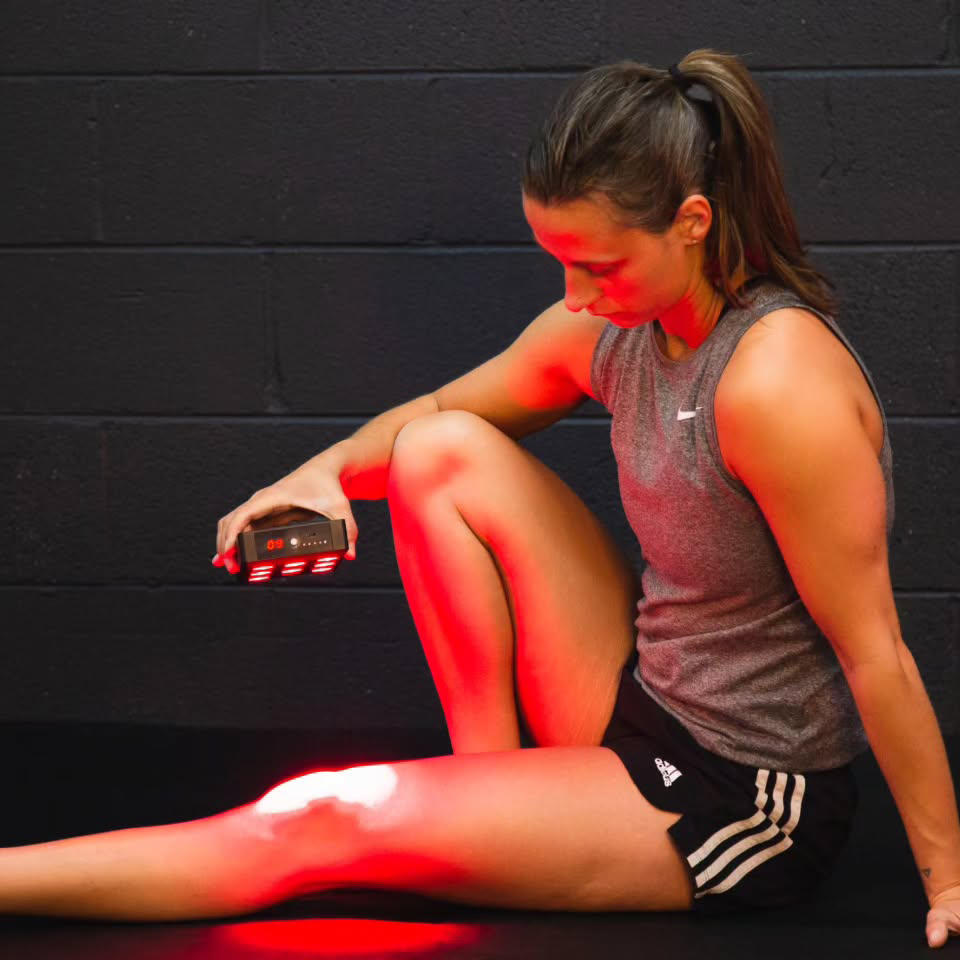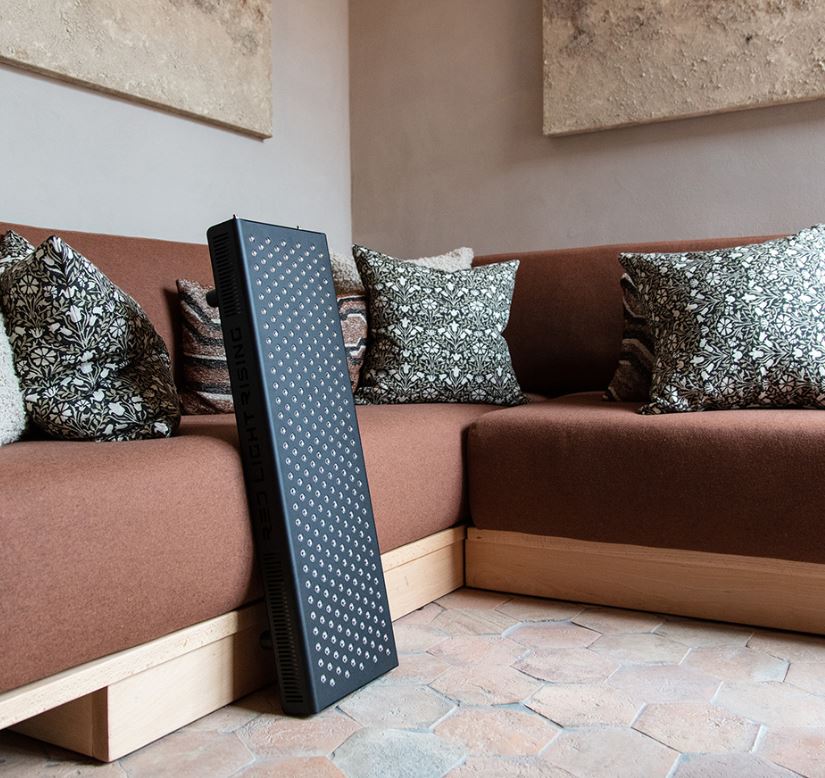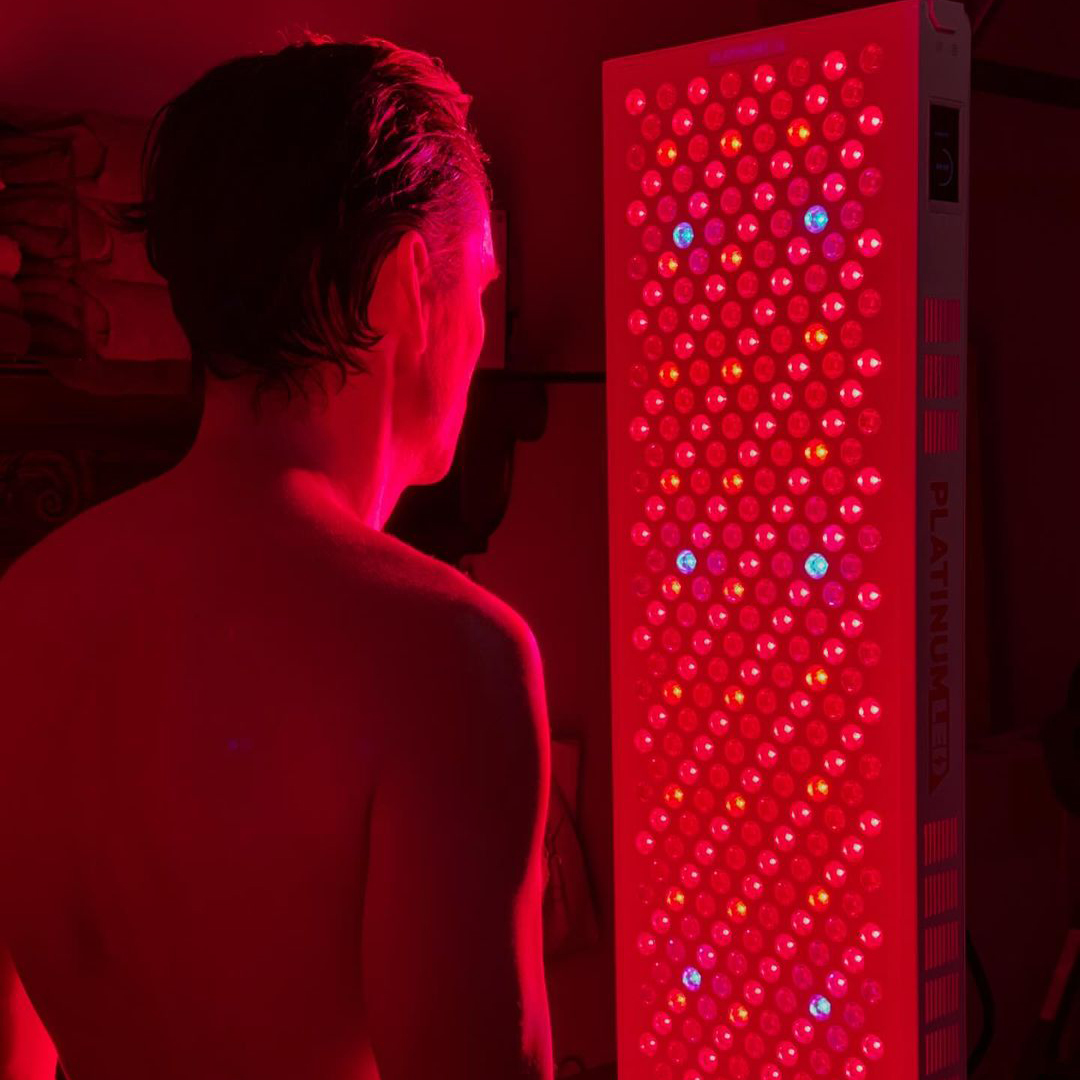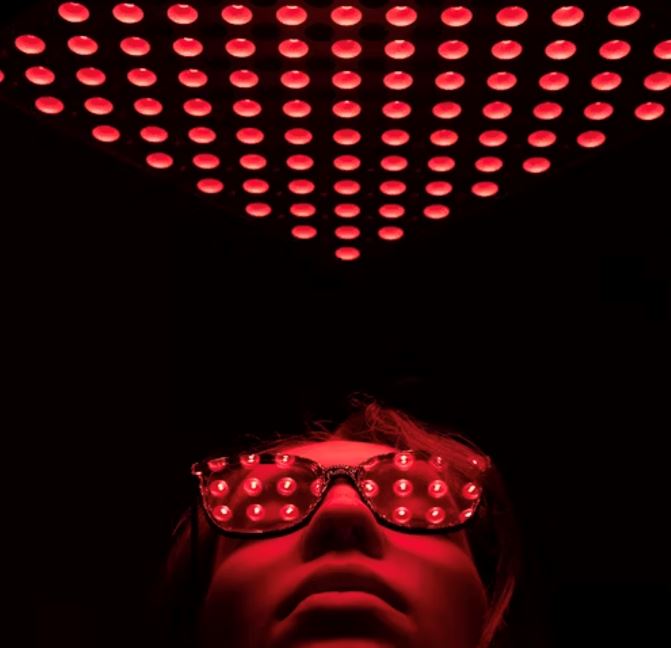![]() Free Shipping
Free Shipping ![]() Buy Now, Pay Later
Buy Now, Pay Later ![]() Eligible
Eligible
Does Red Light Therapy Help Bipolar Disorder? Exploring the Science and Potential Benefits

Bipolar disorder is a complex mental health condition characterized by extreme mood swings, including episodes of mania (or hypomania) and depression. Traditional treatments often include mood stabilizers, antipsychotics, and psychotherapy, but many individuals seek alternative or complementary therapies to manage symptoms. One such emerging treatment is red light therapy (RLT), also known as photobiomodulation (PBM).
But does red light therapy actually help with bipolar disorder? Let’s dive into the science, potential benefits, and what current research suggests.
Understanding Red Light Therapy
Red light therapy involves exposing the body to low-wavelength red or near-infrared light. Unlike UV light, which can damage the skin, RLT penetrates the skin safely and is believed to stimulate cellular energy production (ATP) in mitochondria, reduce inflammation, and enhance circulation.
Originally used for wound healing and skin conditions, RLT is now being explored for its potential effects on brain health, including:
- Neuroprotection (protecting brain cells from damage)
- Reducing neuroinflammation (linked to mood disorders)
- Enhancing mitochondrial function (which may be impaired in bipolar disorder)
Given these mechanisms, could RLT help stabilize mood in bipolar patients?
VELLGUS Elite V2
THE #1 RATED RED LIGHT DEVICE
VELLGUS pro V2
THE #1 RATED FULL BODY RED LIGHT DEVICE
The Connection Between Light and Mood Disorders
Before examining RLT specifically, it’s important to acknowledge that light exposure plays a significant role in mood regulation. For example:
- Seasonal Affective Disorder (SAD) is treated with bright light therapy (typically white or blue light).
- Circadian rhythm disruptions are common in bipolar disorder, and light exposure helps regulate sleep-wake cycles.
However, red light therapy works differently than bright light therapy. Instead of targeting the retina to influence melatonin and serotonin (like in SAD treatment), RLT penetrates deeper into tissues, potentially modulating brain function at a cellular level.
Can Red Light Therapy Help Bipolar Disorder? The Evidence So Far
While research on RLT for bipolar disorder is still in its early stages, several promising findings suggest it may offer benefits:
1. Reducing Neuroinflammation
Chronic inflammation is increasingly linked to mood disorders, including bipolar disorder. Studies show that RLT can reduce inflammatory markers in the brain, potentially alleviating depressive symptoms.
- A 2018 study in Neurophotonics found that near-infrared light reduced neuroinflammation in animal models, improving cognitive function.
- Another study suggested that PBM could help with treatment-resistant depression, which is common in bipolar disorder.
2. Enhancing Mitochondrial Function
Mitochondrial dysfunction has been observed in bipolar patients, leading to impaired energy metabolism in brain cells. Since RLT boosts ATP production, it might help restore optimal brain function.
- A 2020 review in Frontiers in Neuroscience highlighted RLT’s potential to improve mitochondrial efficiency, which could benefit mood stabilization.
3. Improving Sleep and Circadian Rhythms
Sleep disturbances are a hallmark of bipolar disorder, and RLT may help regulate sleep patterns by influencing melatonin production indirectly.
- Unlike bright light therapy (which can trigger mania in some bipolar patients), red light is gentler and may not overstimulate the brain.
4. Potential Neuroprotective Effects
Bipolar disorder is associated with oxidative stress and neuronal damage. RLT has been shown to promote neurogenesis (growth of new brain cells) and protect against neurodegeneration.
- A 2017 study in Behavioural Brain Research found that RLT improved cognitive function and reduced depressive-like behaviors in rodents.
Challenges and Considerations
While the science is promising, there are important caveats:
- Limited Human Studies: Most research has been on animals or small human trials. Larger, controlled studies are needed.
- Risk of Mania: Light therapy (especially bright light) can trigger manic episodes in some bipolar patients. While red light is less likely to do so, caution is still advised.
- Optimal Dosage & Timing: The right wavelength (usually 660nm red or 850nm near-infrared), duration, and frequency of sessions are still being studied.
Should You Try Red Light Therapy for Bipolar Disorder?
If you’re considering RLT as a complementary treatment:
- Consult Your Psychiatrist – It should not replace medication but may be used alongside it.
- Start Slowly – Short sessions (5-10 minutes) to assess tolerance.
- Monitor Mood Changes – Track any shifts in depressive or manic symptoms.
- Choose a Quality Device – FDA-cleared RLT devices designed for mental health may be more reliable.
Final Thoughts
Red light therapy shows intriguing potential for supporting bipolar disorder management by reducing inflammation, improving mitochondrial function, and stabilizing circadian rhythms. However, more rigorous clinical trials are needed to confirm its efficacy and safety.
If you’re curious about RLT, approach it with cautious optimism—under professional guidance, it could become a valuable tool in your mental wellness toolkit.
Have you tried red light therapy for mood disorders? Share your experiences in the comments!
References & Further Reading:
- Hamblin, M. R. (2018). Photobiomodulation for the Brain. Neurophotonics.
- Cassano, P. et al. (2020). Transcranial Photobiomodulation for Depression. Frontiers in Neuroscience.
- Salehpour, F. et al. (2017). Brain Photobiomodulation Therapy. Behavioural Brain Research.








